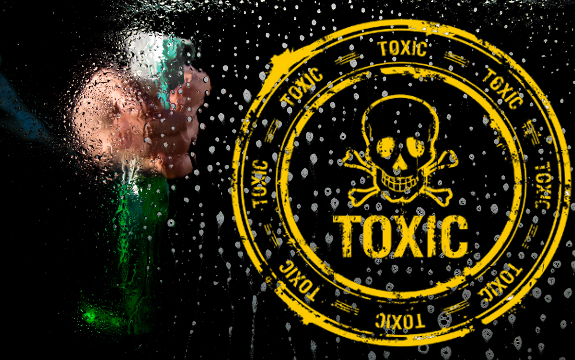5 Toxic Household Chemicals to Eliminate from Your Home

 The word “chemical” is thrown around a lot in the natural health world, as if all chemicals are bad. The truth is, they aren’t. A chemical is merely a substance with a distinct molecular composition. Your tea is a chemical and so is the water that went into your tea. But when we talk about toxic chemicals, we are largely talking about man-made compounds with damaging effects on humans, animals, or the environment. Many of these toxic chemicals are present in our homes and can be eliminated or at the very least minimized.
The word “chemical” is thrown around a lot in the natural health world, as if all chemicals are bad. The truth is, they aren’t. A chemical is merely a substance with a distinct molecular composition. Your tea is a chemical and so is the water that went into your tea. But when we talk about toxic chemicals, we are largely talking about man-made compounds with damaging effects on humans, animals, or the environment. Many of these toxic chemicals are present in our homes and can be eliminated or at the very least minimized.
Here are 5 health-damaging chemicals (or sources of chemicals) that can be found in your home, but can be eliminated:
1. BPA
Bisphenol-A (BPA) is a chemical found in plastics, often in food containers like those reusable food storage bowls and lids. It is also found in the linings of canned foods. In either of these places, it can leech into the food, where it is known to disrupt hormones and potentially cause fertility issues, faster development in girls, and even behavioral issues. Opt for the glass alternative.
2. VOCs
VOCs are volatile organic compounds which are gasses emitted from certain solids and liquids like paints, pesticides, and scented products for the home like laundry detergent. They have been linked to asthma and cancer. Switch to an unscented detergent and seek out no-VOC paints and lacquers when working around the house.
3. PFCs
Perfluorinated compounds (PFCs) can be found in nonstick cookware and some fabrics. They are linked to cancer and birth defects. Eliminate pots and pans with nonstick surfaces and use stainless steel or cast iron instead.
Read: 5 Ways to Replace Your Toxic Cleaners Naturally
4. Triclosan
Found in antibacterial soaps, triclosan promotes antibiotic resistance and helps bacteria evolve into super-bacteria. When these are mixed with chlorine in tap water, the poisonous gas chloroform is created. Eliminate the use of anti-bacterial soaps in your home.
5. Household Cleaners
Rather than list all of the ingredients in household cleaners, we’ll keep it simple: most household cleaners have dangerous chemicals within them. Fortunately, most of them can be substituted with baking soda or vinegar (two amazing household cleaners in their own right). You can toss the glass cleaner, floor soap, scrubbing powders, bleach, and more when you switch to baking soda and vinegar as your main sources of cleanliness. Here is a previous post of ours outlining 5 toxic home cleaning products and their natural alternatives.
\Of course there are other toxic chemicals that should be avoided in your home. Formaldehyde, chlorine, and perchloroethylene are just a few. Keeping your home safe and healthy should be a top priority and this includes minimizing the exposure to all of these substances.

A comprehensive and interesting explanation of these household toxins can be found in the recent book, “Which Poison Will Change Your Life?”, available through Amazon and B&N online.